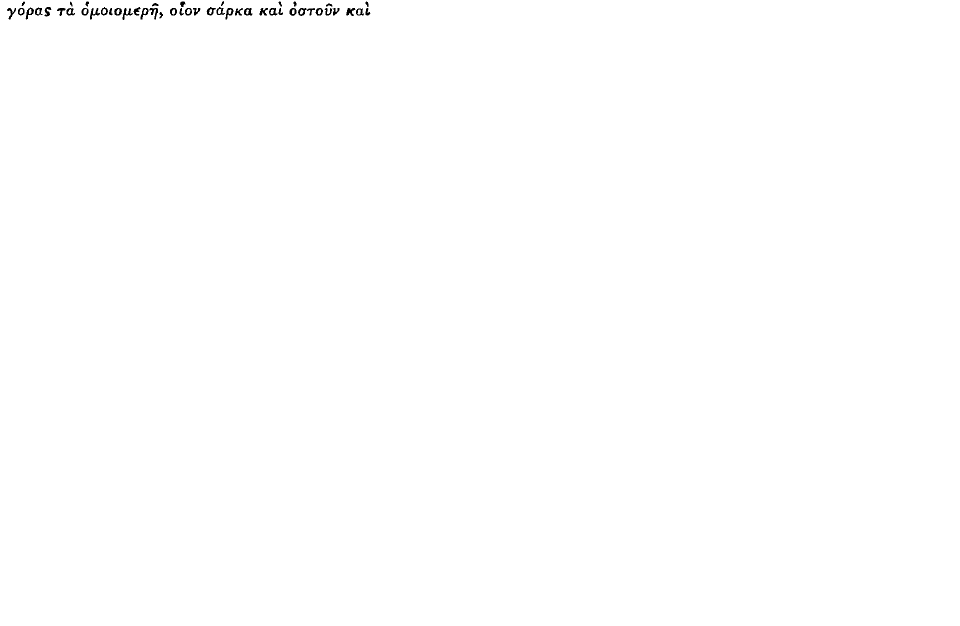Article contents
Aristotle and Anaxagoras: An Examination of F. M. Cornford's Interpretation
Published online by Cambridge University Press: 11 February 2009
Extract
Cornford's interpretation of Anaxagoras' theory of matter (C.Q. xxiv [1930] 14 ff. and 83 ff.) was an attempt to solve the apparent contradiction between the Principle of Homoeomereity, as he calls it, and that which asserts that ‘there is a portion of everything in everything’; and also, perhaps, to assign a more definite place in the system to the qualitative ‘Opposites’ which Tannery and Burnet had asserted, in rather vague terms, to be Anaxagoras' elements. In effect he solves the problem by applying the former principle to the phenomenal world and to the Seeds which are the elements for Anaxagoras, and confining the latter, the principle of Universal Mixture as we may call it, to the Opposites, which are the substantial but inseparable constituents of the Seeds. By this tidy and ingenious solution he avoids not only the above-mentioned contradiction but also what he calls the grotesque and gratuitous absurdity of holding that a Seed of gold contains mostly gold, but also flesh and all other natural substances, in order to explain the possibility of various changes, the great majority of which never occur anyhow (gold, for instance, does not turn into flesh).
- Type
- Research Article
- Information
- Copyright
- Copyright © The Classical Association 1958
References
1 I have in this paper on various points accepted Cornford's views without argument in order to examine, without undue digression, his use of the evidence. That these views are themselves open to attack, Dr. Peck's article has shown.
1 This point, raised by Bailey, (Greek Atomists, p. 540) is noticed, but not adequately answered, by Cornford (p. 93). If Opposites are conceived as substances it is as much a problem for Opposites as for any other substances; and Cornford's remark about the ‘fusion’ of a single pair of Opposites evades the ‘problem’.Google Scholar
1 On this point I agree with Cornford. My reasons are given below, Note 2.
1 Since I wrote this paper Dr. Peck has informed me that he now thinks it unnecessary to suppose that Lucretius attached the term to the wrong part of the theory. See further my note (2) below.
2 Bonitz, , ad loc, points out that is not the same as
is not the same as  Google Scholar
Google Scholar
1 So Peck, , C.Q., 1931, p. 28.Google Scholar
1 It is, however, used, exceptionally, in the singular with an abstract sense by Simplicius in de Caelo 605. 18 and 25. In the latter place it appears to mean (as might be expected) ‘the theory that  are the elements’.
are the elements’.
1 Cf. Simpl. in de Caelo 603. 18: 


2 Quoted below, Note 1.
- 5
- Cited by




